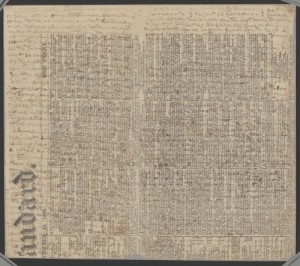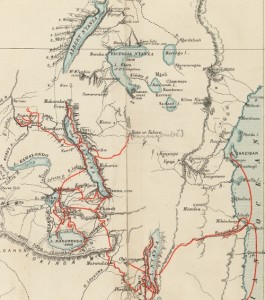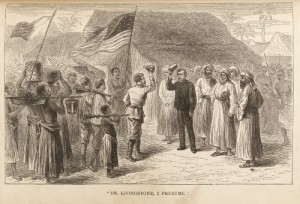In this post I will describe the experiences I had while transcribing one of James Merrill Linn’s diary entries. The diary entry I transcribed was written in February of 1862. I started by opening a text edit page and the diary entry side by side. I made sure to space out each line on my text edit document in accordance to the letter, that way it was easy to find my spot when I went back to words I could not figure out upon the first read.
Overall the process was fun, but was very difficult and frustrating at times. When I first started the transcription I struggled the most. However, the further along I got, the easier transcribing became because I began to get used to his handwriting. I also figured out that I worked best when I worked on the entry for short periods of time.

Although I was able to transcribe most of the words, there were some instances in which the word was illegible or smudged. There was one particular word that bugged me and I was never able to figure out. There were also parts of the letter in which Linn’s handwriting got very sloppy, possibly because he was in a rush. These sections definitely took much more time to figure out.

One huge advantage during this process was having a partner to work with. There were many instances in which my partner was able to recognize a letter that I could not and based off that single letter, I was able to make up the word. Another aspect that made this easier was taking advantage of the context. Based on the rest of the sentence, it wasn’t too difficult to make out an individual word. For example the word “hint” alone I was not able to figure out. However the rest of the sentence was “…found a can of lard and by a ___ of greasing…”. The ending of the missing word looked like “int” and based on the context I was able to guess that the first letter was an h. Throughout the transcription process I was able to use the context several times to help me.



